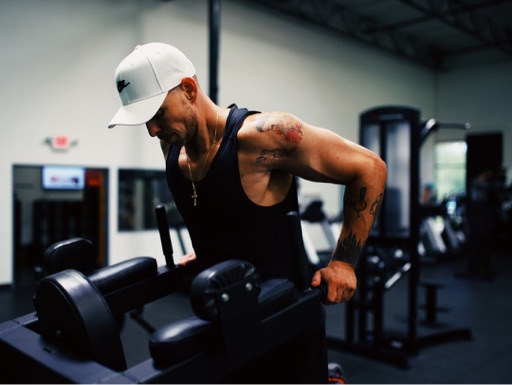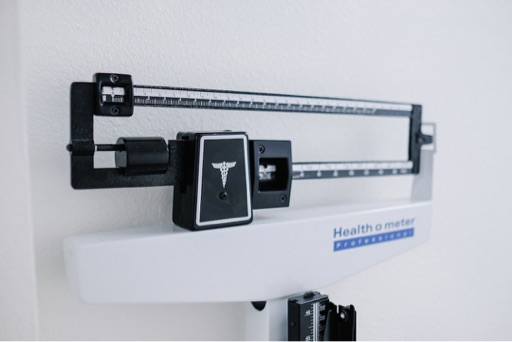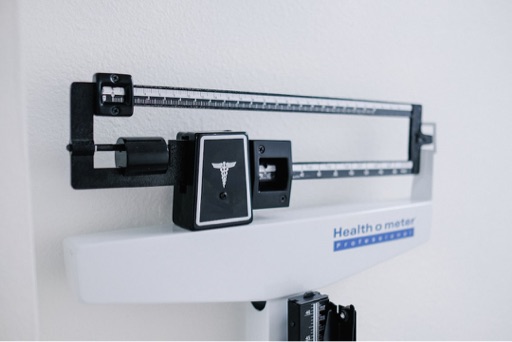Let’s face facts: Getting older can be a major pain in the you-know-what. But reaching 50 doesn’t mean you need to throw in the towel regarding your fitness. In fact, regular exercise can be your fountain of youth!
As you age, staying active becomes even more crucial to maintaining overall well-being and longevity. A combination of regular strength training and cardio exercise can help prevent sarcopenia (muscle loss due to aging), boost your mobility, and add healthy years to your life. However, you shouldn’t return to workouts you once tackled 10 or 20 years ago. Your body changes with age, and so should your workout routines.
To help you start on the journey to a stronger, more resilient you, here are the top five exercises for men over 50 to live longer, healthier lives:
1. Fan Bikes
The fan bike is a versatile machine that combines cardio and resistance training, making it an excellent calorie-burning option.
- Perform 30-second bouts of high-intensity cycling.
- Rest for 30 seconds.
- Complete 10 rounds.
2. Deadlifts
Deadlifts work multiple muscle groups, including your back, legs, and core, making them highly effective for torching calories and building strength.
- Do 3 to 5 sets of 8 to 12 reps.
- Avoid overexertion and potential injury.
3. Squats
Squats target your lower body and engage your core. They’re essential for promoting overall body strength.
- Stand with your feet hip-width apart.
- Bend your knees and lower your hips together.
- Do 3 to 5 sets of 8 to 12 reps.
4. Carries
Weighted carries engage multiple muscles and improve stability, promoting functional strength.
- Aim for 5 rounds of 45 to 60-second carries.
5. Pull-ups
Pull-ups are a classic exercise great for building upper-body strength and engaging back muscles.
- Perform 4 sets of as many reps as possible.
These exercises can significantly contribute to a healthier life as you age. Regularly integrating them into your workout routine can help you maintain muscle mass, improve your cardiovascular health, and enhance your daily functional movements.

Source: Eat This Not That





